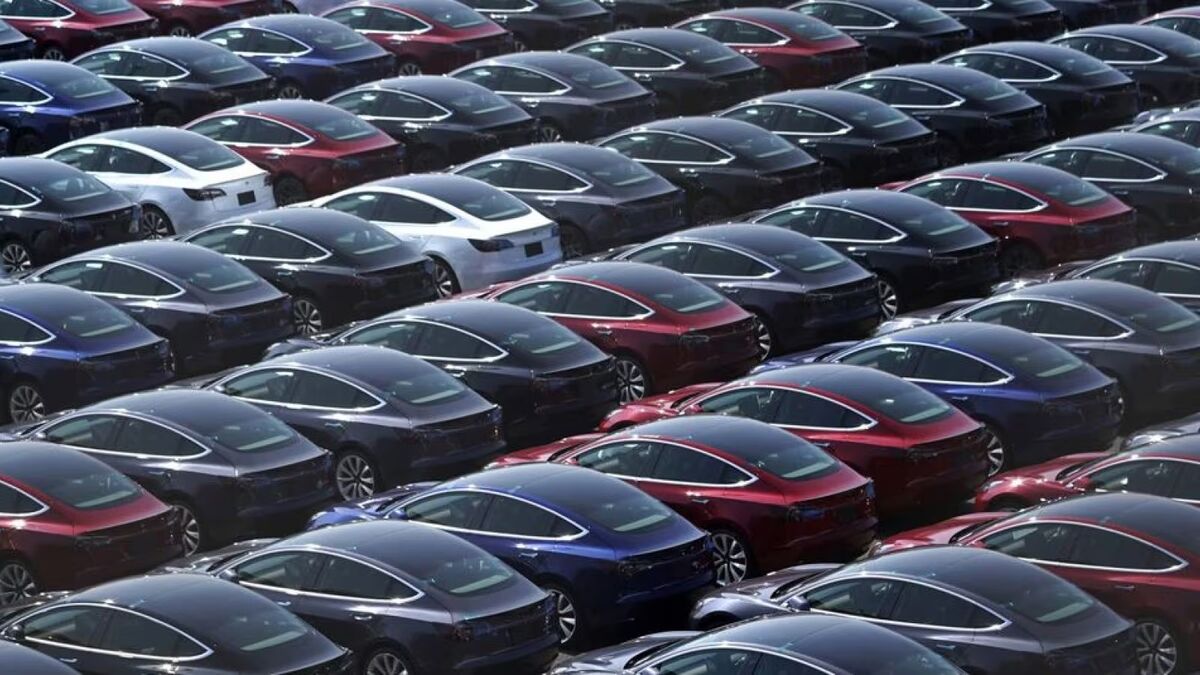Americans bought a record 330,463 electric vehicles (EVs) in the second quarter of 2024, according to Kelley Blue Book estimates. Market leader Tesla, though, saw its slice of the pie sink below half.
Shoppers drove home 11.3% more EVs than they did in the second quarter of last year and 23% more than in the first quarter of 2024.
The increase came despite a slip from market leader Tesla, which saw its sales decline 6.3% compared to last year’s second quarter. Tesla’s share of the EV market, which was 75% in 2022, is now 49.7%.
A Surge After Reports of a Slowdown
EVs made up 8% of all new-car sales last quarter, up from the previous record of 7.2% recorded in the second quarter of last year.
The news comes after widespread media reports of a slowdown in EV sales. But Tesla’s slide may have hidden the fact that many other companies are seeing their sales rise.
Cox Automotive Industry Insights Director Stephanie Valdez Streaty commented: “EV sales exceeded expectations during a record-breaking quarter. Despite Tesla’s declining sales, with its EV sales share now below 50% for the first time, the overall competitive landscape for electric vehicles is intensifying. This increased competition is leading to continued price pressure, gradually boosting EV adoption. Automakers that deliver the right product at the right price and offer an excellent consumer experience will lead the way in EV adoption.”
Cox Automotive is the parent of Kelley Blue Book.
Tesla Model Y’s Lead Still Astonishing
Tesla has seen its sales fall for two quarters and may have canceled plans for a sub-$25,000 EV that was once key to the brand’s plans. But its Model Y SUV remains the best-selling EV in America by a considerable margin. The company sold more than 101,000 units last quarter. A recent analysis found the Model Y to be Earth’s best-selling passenger car last year.
The second-best-selling EV, the Tesla Model 3, went home with less than 43,000 buyers.
Ford’s Mustang Mach-E took the sales bronze with 12,645 sold.
General Motors took second place for overall EV sales, with more than 21,000 sold.
Most Growth Still Ahead
“We remain bullish on electric vehicle sales in the long term,” says Valdez Streaty. The growth will, at times, be very slow, as all-time horizons in the automobile business are vast, but the long-term trajectory suggests that higher volumes of EVs will continue over time. As EV infrastructure and technology improve, and more models are launched, many shoppers sitting on the fence will eventually choose an EV.”
The media reports on EV sales quarterly, giving many a short-term perspective on the popularity of electric cars. But automakers make product planning decisions with a horizon many years into the future.
They’re building factories and developing suppliers with an eye toward a mostly EV future years away.
A Cox Automotive survey found that more than half of today’s EV skeptics expect to drop their objections by 2029, with 80% open to buying an EV by 2034.
That timeline coincides with federal fuel economy rules and tailpipe emissions regulations, all asking automakers to sell an EV-heavy lineup in the 2030s.
Several states have passed laws banning the sale of new gas-powered cars after 2035.







